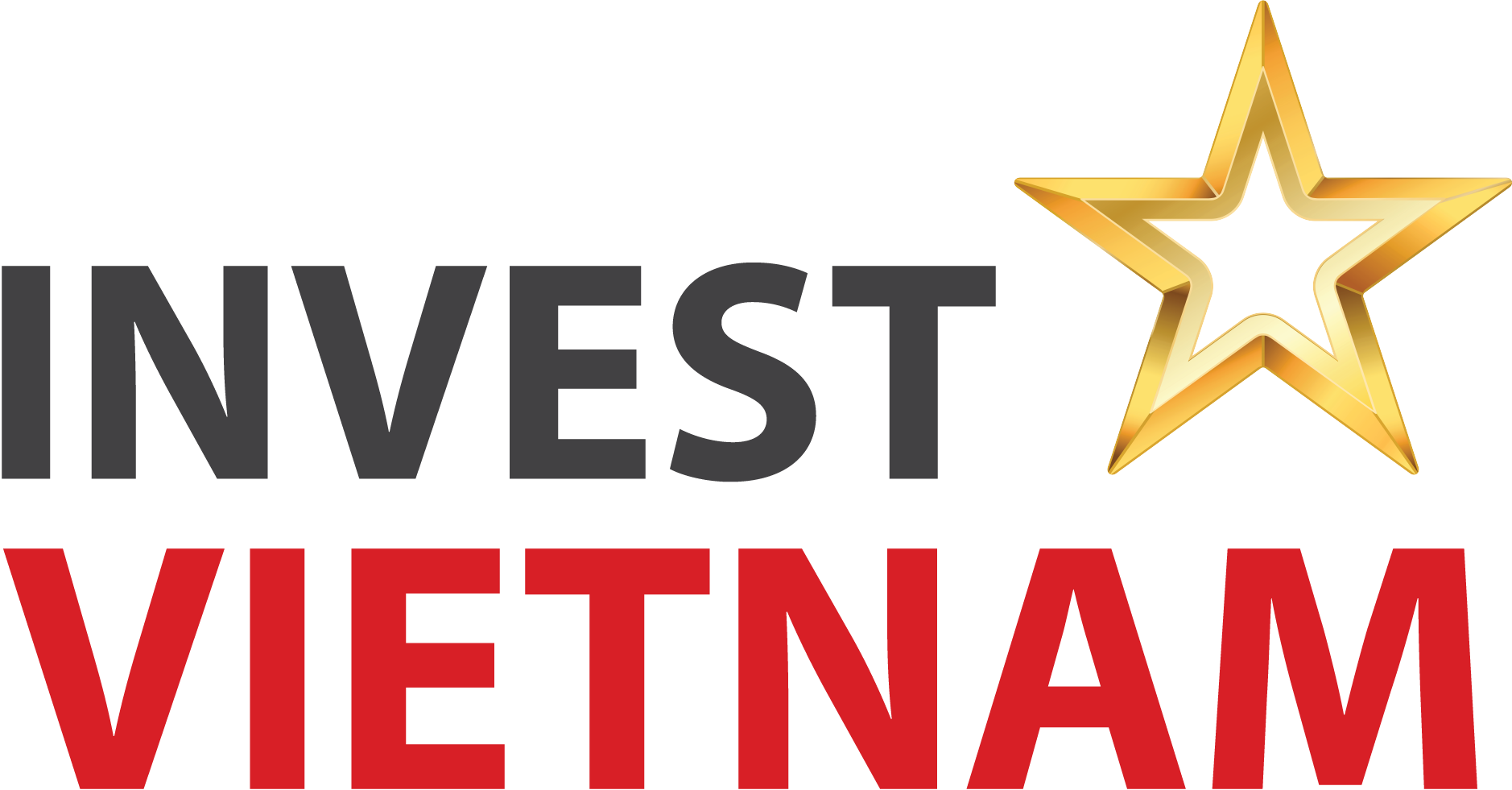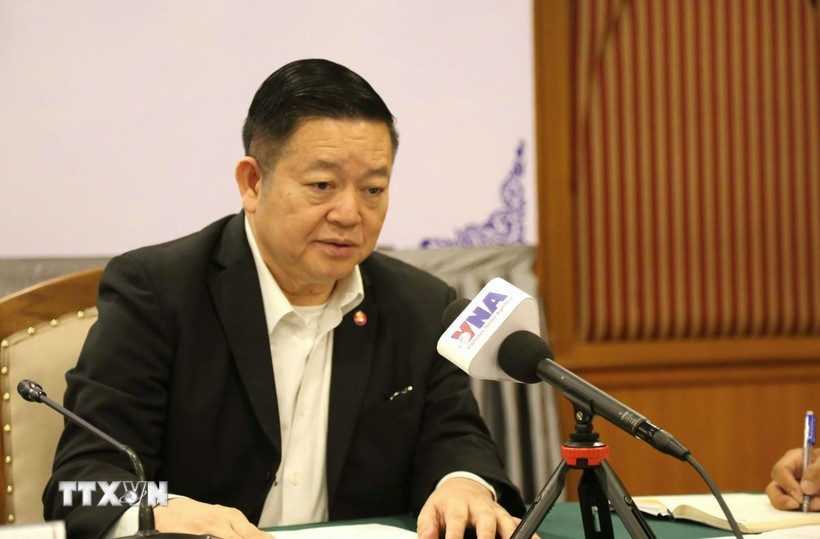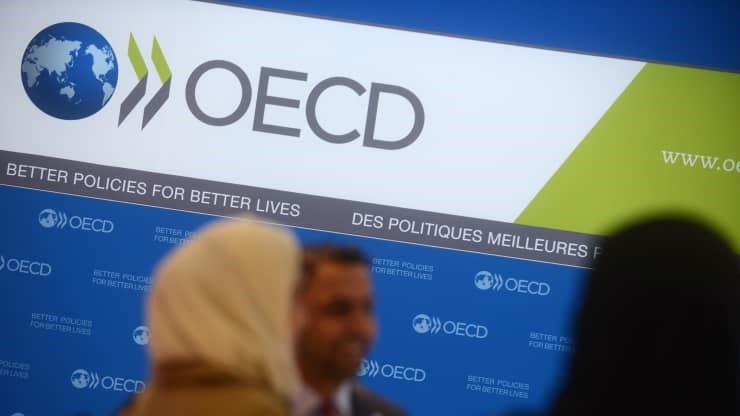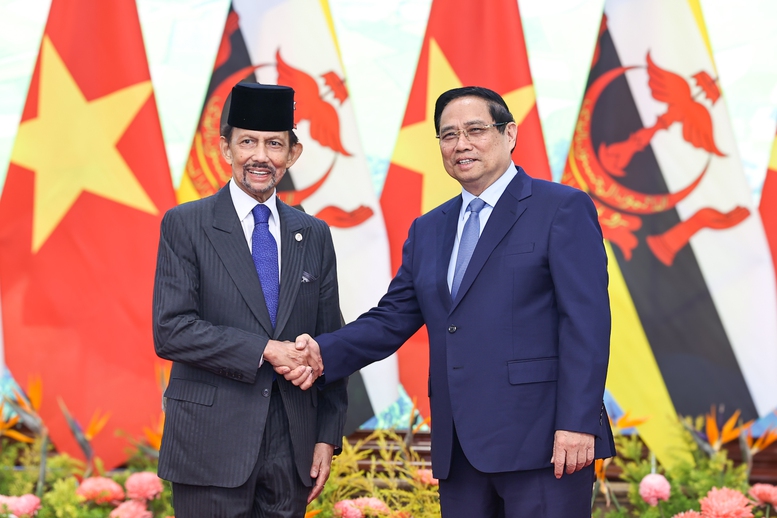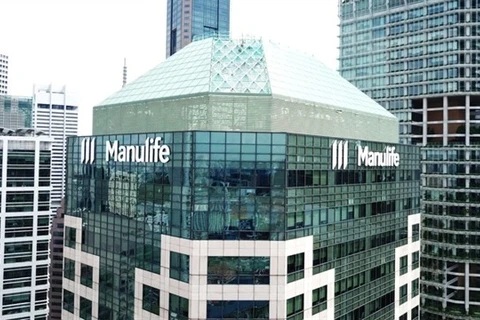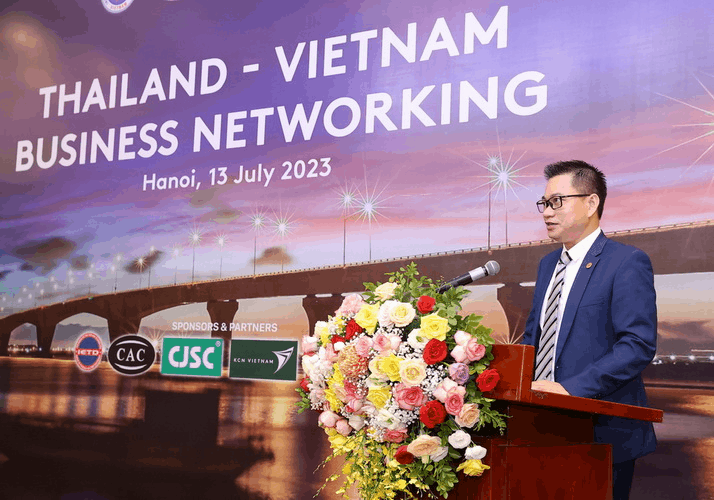Solutions outlined to speed up public spending
Completing plans for public spending on investment has proved difficult due to several adverse factors in construction, such as volatility, choppy gasoline prices, difficulties for contractors to access credit capital, unfavourable weather in many key projects, and unusual amounts of rain.
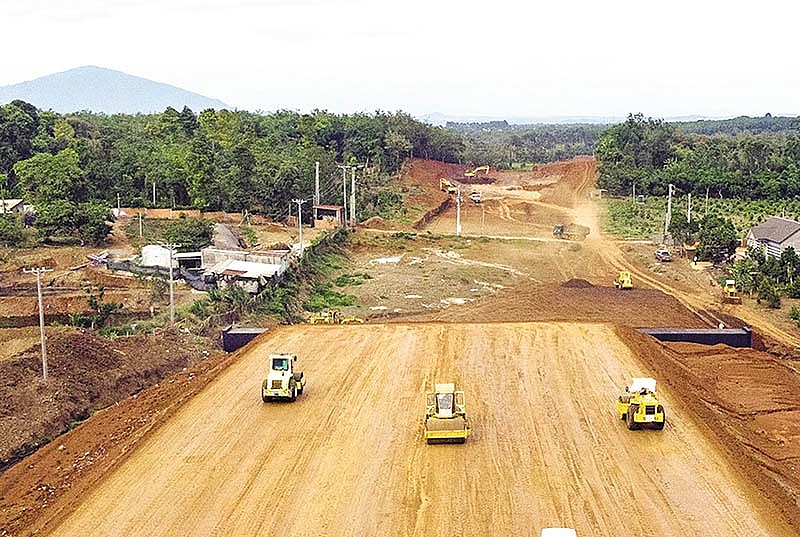
The government has shown determination to speed up spending for the 2022 public investment plan. On November 27, Prime Minister Pham Minh Chinh had a working session on socioeconomic development, public investment spending and the work progress of major construction projects with Ho Chi Minh City’s leaders.
PM Chinh inspected work on public investment projects many times this year. Additionally, the PM has also taken advantage of working sessions with localities to inspect the situation at construction projects.
Since early 2022, he has required sectors and authorities at all levels to focus on accelerating the disbursement of public investment capital, considering it as a driving force for growth, as an important political task, giving priority to directing and operating, contributing to stabilising the macro-economy, controlling inflation, and promoting growth.
Completing spending for public investment is not easy, especially in the context of adverse factors such as volatility, choppy gasoline prices, difficulties for contractors to access credit capital, and unfavourable weather in many key projects.
According to the Ministry of Finance, it is estimated that the disbursement rate of public investment capital of the whole country in the first 11 months of 2022 reached only 52.43 per cent of the plan. In particular, domestic capital reached 60.25 per cent (compared with 69.19 per cent in the same period last year), and foreign capital reached 27.99 per cent (compared with 21.51 per cent in the same period last year.
Even the Ministry of Transport, considered leading in spending, reached 63.4 per cent of the disbursement plans at the end of November, which is lower than last year.
The above result has put the last month of the year under pressure to complete the 2022 public investment disbursement plan. It is very difficult to achieve the goal without breakthroughs and drastic solutions.
Leaders of ministries, branches, and localities need to be drastic, proactive, active, and close to handling and removing obstacles in a timely, efficient manner.
They need to strengthen inspection and supervision and quickly find shortcomings. The leaders need to directly direct and remove difficulties in the disbursement of public investment and assign clearly for each project.
Additionally, it is necessary to accelerate the construction and local planning and prepare investment procedures and site clearance. Assigning clear tasks, rights, and responsibilities among sides in implementing projects is key.
Such solutions will create an impetus to disburse efficient investment capital, preventing projects from blowing hot and cold depending on whether official targets have been met.
Ha Thanh
Source: VIR
Original link